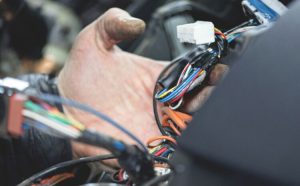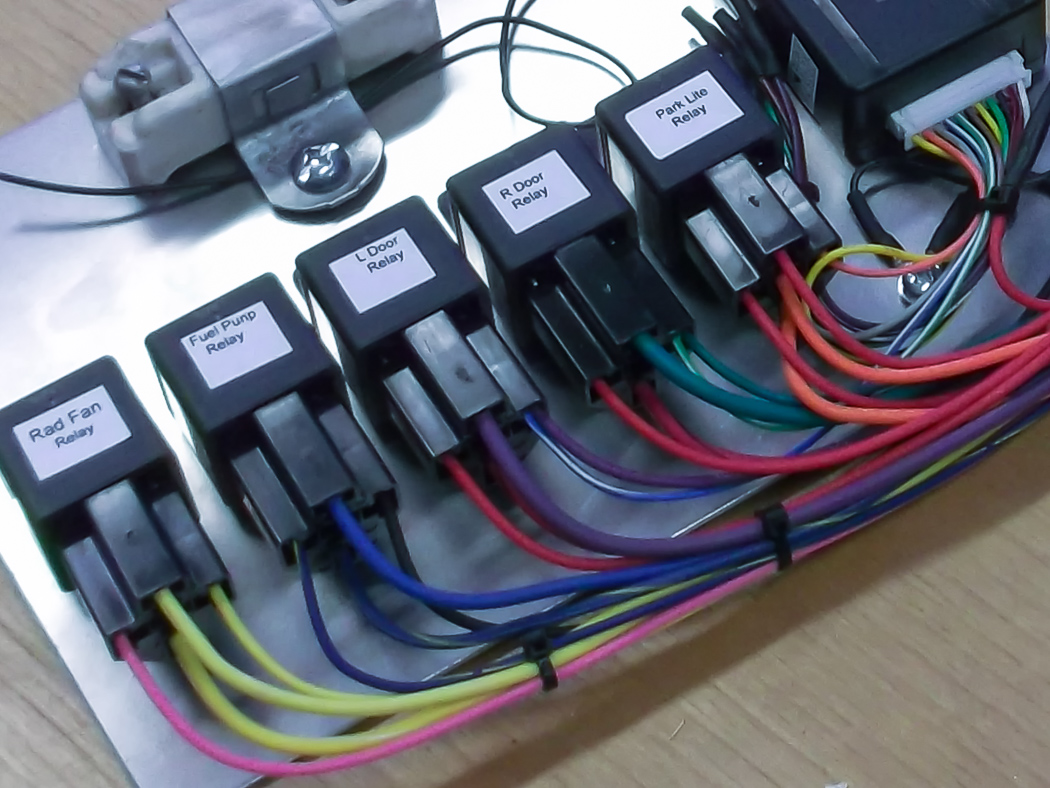Customizing Automotive Electrical Systems: Tips and Techniques
The Importance of Customizing Automotive Electrical Systems
Modern vehicles are becoming increasingly reliant on electrical systems for various functions, ranging from basic operations like starting the engine to advanced features such as automated driving assistance. Customizing these systems allows car enthusiasts and professionals alike to optimize performance, improve efficiency, and enhance the overall driving experience. Customizing Automotive Electrical Systems: Tips and Techniques
Understanding the Basics
Before delving into customization, it’s essential to have a solid understanding of the fundamentals of automotive electrical systems. This includes knowledge of the battery, alternator, wiring harnesses, fuses, relays, and various electronic control units (ECUs) that govern different aspects of the vehicle’s operation.
Assessing Your Needs
Identify the specific goals you want to achieve through customization. Are you aiming to enhance performance, improve fuel efficiency, upgrade entertainment systems, or add advanced safety features? Understanding your objectives will help you prioritize the modifications and select the right components.

Choosing Quality Components
Invest in high-quality electrical components from reputable manufacturers. Whether you’re upgrading the battery, installing aftermarket lighting, or adding a sound system, using reliable parts ensures longevity, performance, and safety.
Planning and Installation
Designing the System
Map out your custom electrical system design, considering factors such as power requirements, wire routing, component placement, and integration with existing systems. Use wiring diagrams and schematics to visualize the layout and ensure compatibility.
Proper Wiring Techniques
Adhere to best practices when it comes to wiring, including proper insulation, securing wires away from moving parts and heat sources, and avoiding sharp edges that could cause damage. Use wire looms, zip ties, and grommets to organize and protect the wiring harness.
Testing and Troubleshooting
Methodical Testing
After completing the installation, thoroughly test each component and function to ensure everything works as intended. Use multimeters, circuit testers, and diagnostic tools to troubleshoot any issues promptly.
Addressing Challenges
Be prepared to encounter challenges during the customization process, such as compatibility issues, wiring errors, or unexpected electrical gremlins. Patience, attention to detail, and a systematic approach will help you overcome these obstacles effectively.
Maintaining Your Customized System
Regular maintenance is crucial to ensure the reliability and longevity of your customized automotive electrical system. Inspect wiring, connections, and components periodically for signs of wear, corrosion, or damage. Clean terminals, tighten loose connections, and replace worn-out parts as needed.
Conclusion
Customizing automotive electrical systems offers endless possibilities for enthusiasts to personalize their vehicles and optimize performance. By understanding the basics, choosing quality components, planning meticulously, and testing rigorously, you can create a customized electrical system that meets your specific needs and enhances your driving experience.
Remember to prioritize safety, follow manufacturer guidelines, and consult with experienced professionals if needed. With careful planning and execution, you can unleash the full potential of your vehicle’s electrical capabilities.


